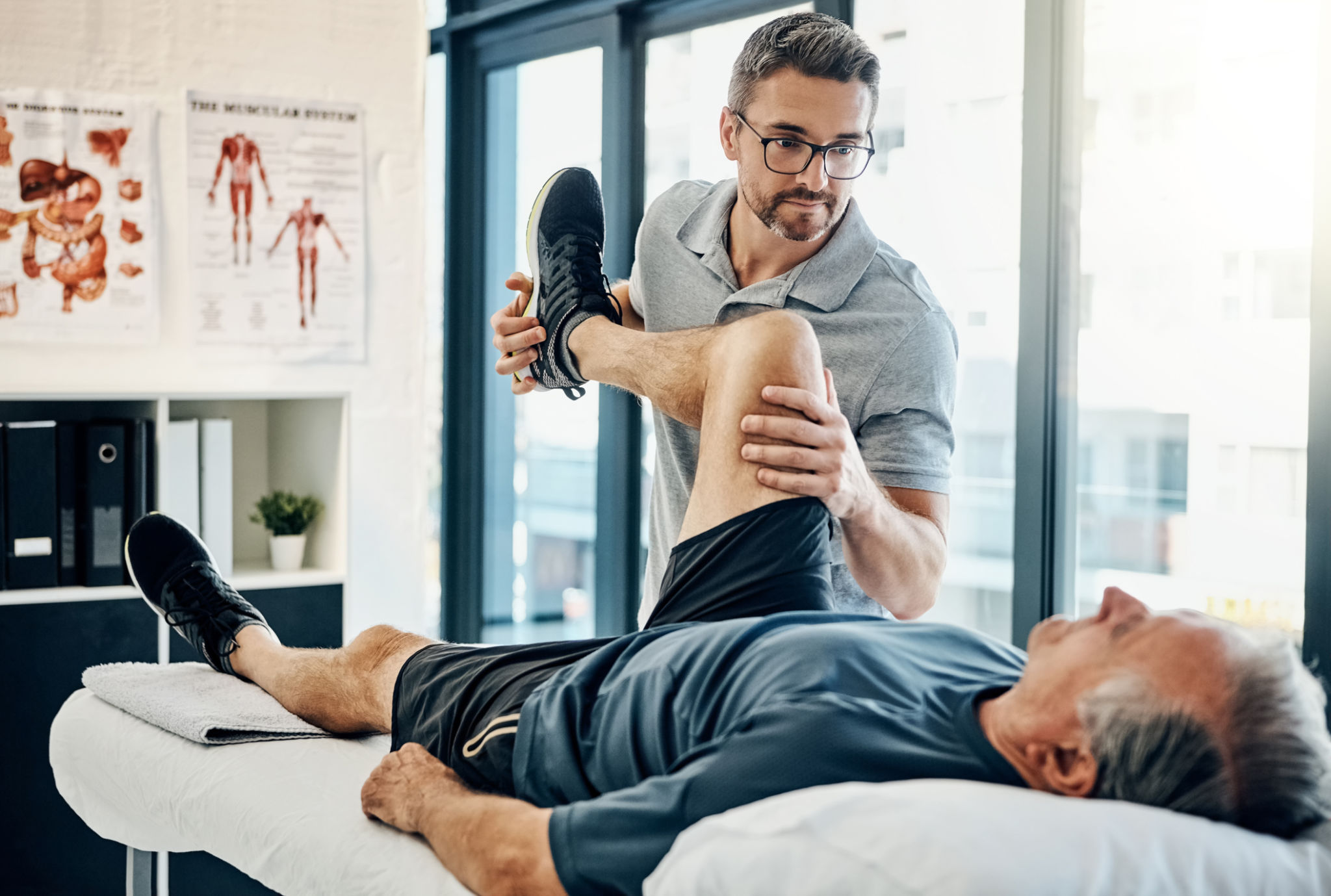How to Recover from Common Injuries Over 40: A Step-by-Step Guide
Understanding Common Injuries Over 40
As we age, our bodies naturally undergo changes that can make us more prone to injuries. Whether it's a sprained ankle, a pulled muscle, or joint pain, these common injuries can disrupt daily activities. Understanding the nature of these injuries is crucial for effective recovery and prevention.
Injuries over 40 often result from a combination of factors such as decreased bone density, reduced muscle mass, and slower recovery times. It's important to recognize these risks and adjust your lifestyle accordingly to maintain a healthy and active life.

Immediate Steps After an Injury
Rest and Protect the Area
The first step in recovering from any injury is to rest the affected area. This allows the body to begin the healing process. Use protective gear or supports if necessary to prevent further damage. Avoid putting pressure on the injured part until you've consulted a healthcare professional.
Apply Ice and Compression
Applying ice to the injured area can reduce swelling and numb pain. Use an ice pack wrapped in a cloth and apply it for 15-20 minutes every hour. Compression with an elastic bandage can also help minimize swelling but ensure it's not too tight to impede circulation.

Consulting Healthcare Professionals
When to Seek Medical Attention
If you experience severe pain, significant swelling, or inability to move the injured area, it's essential to seek medical attention. A healthcare professional can provide an accurate diagnosis and recommend appropriate treatment options.
Physical Therapy and Rehabilitation
Many injuries benefit from physical therapy to restore strength and flexibility. A therapist can develop a personalized program that gradually increases your activity level, ensuring a safe and effective recovery.

Adopting a Long-Term Recovery Strategy
Incorporate Regular Exercise
Once you're cleared by your doctor, incorporating regular exercise into your routine is vital for long-term recovery. Focus on low-impact activities such as walking, swimming, or cycling that strengthen muscles without putting undue stress on joints.
Focus on Nutrition and Hydration
A balanced diet rich in vitamins and minerals supports the body's healing process. Ensure adequate protein intake for muscle repair and hydration to keep tissues healthy. Consider consulting with a nutritionist for tailored advice.

Preventing Future Injuries
Preventing further injuries involves a combination of maintaining a healthy lifestyle and being mindful of your body's limits. Regularly practice flexibility exercises like yoga or Pilates to enhance joint mobility and reduce the risk of strains.
It's equally important to use proper techniques in daily activities and exercise routines. Investing in supportive footwear and ergonomic tools can also play a significant role in preventing injuries as you age.
